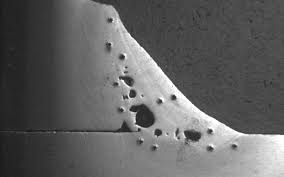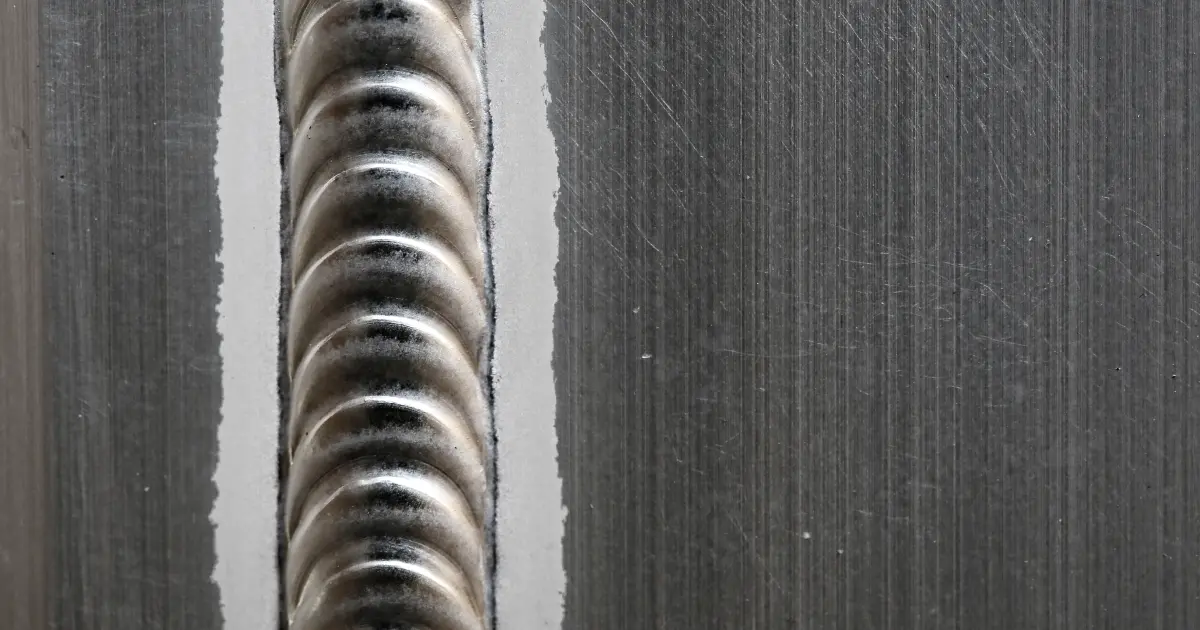What is Porosity in Welding: Vital Tips for Achieving Flawless Welds
The Scientific Research Behind Porosity: A Comprehensive Overview for Welders and Fabricators
Recognizing the complex systems behind porosity in welding is essential for welders and producers pursuing impeccable craftsmanship. As metalworkers look into the depths of this sensation, they uncover a globe controlled by various factors that affect the formation of these tiny gaps within welds. From the composition of the base materials to the ins and outs of the welding process itself, a wide variety of variables conspire to either exacerbate or alleviate the presence of porosity. In this extensive guide, we will certainly unravel the scientific research behind porosity, exploring its impacts on weld top quality and introduction advanced techniques for its control. Join us on this trip with the microcosm of welding flaws, where accuracy fulfills understanding in the quest of remarkable welds.
Recognizing Porosity in Welding
FIRST SENTENCE:
Assessment of porosity in welding discloses essential insights into the integrity and top quality of the weld joint. Porosity, defined by the presence of cavities or voids within the weld metal, is a typical worry in welding procedures. These voids, if not appropriately resolved, can compromise the architectural stability and mechanical buildings of the weld, resulting in possible failings in the completed product.

To spot and quantify porosity, non-destructive screening methods such as ultrasonic testing or X-ray examination are typically employed. These techniques permit the identification of inner defects without compromising the stability of the weld. By analyzing the dimension, form, and distribution of porosity within a weld, welders can make informed decisions to boost their welding procedures and accomplish sounder weld joints.

Aspects Influencing Porosity Formation
The incident of porosity in welding is influenced by a myriad of variables, ranging from gas shielding performance to the ins and outs of welding specification settings. One important variable adding to porosity development is insufficient gas protecting. When the shielding gas, usually argon or carbon dioxide, is not properly covering the weld swimming pool, atmospheric gases like oxygen and nitrogen can contaminate the liquified metal, resulting in porosity. In addition, the cleanliness of the base materials plays a significant duty. Contaminants such as corrosion, oil, or moisture can evaporate during welding, creating gas pockets within the weld. Welding criteria, including voltage, existing, travel rate, and electrode type, additionally influence porosity development. Utilizing improper setups can generate extreme spatter or heat input, which consequently can result in porosity. Additionally, the welding strategy employed, such as gas metal arc welding (GMAW) or secured metal arc welding (SMAW), can affect porosity formation because of variations in warmth distribution and gas insurance coverage. Recognizing and regulating these factors are crucial for minimizing porosity in welding procedures.
Effects of Porosity on Weld High Quality
The visibility of porosity likewise deteriorates the weld's resistance to rust, as the entraped air or gases within the spaces can react with the surrounding environment, leading to destruction over time. Additionally, porosity can impede the weld's capacity to hold up against stress or influence, additional jeopardizing the total high quality and integrity of the welded structure. In critical applications such as aerospace, automobile, or structural building and constructions, where safety and durability are paramount, the destructive impacts of porosity on weld quality can have serious consequences, stressing the importance of decreasing porosity with correct welding strategies and procedures.
Techniques to Reduce Porosity
Furthermore, making use of the appropriate welding parameters, such as the correct voltage, present, and take a trip speed, is vital in preventing porosity. Maintaining a constant arc size and angle throughout welding also aids decrease the probability of porosity.

Utilizing the proper welding technique, such as back-stepping or utilizing a weaving motion, can likewise assist disperse warm evenly and lower the chances of porosity development. By implementing these strategies, welders can successfully minimize porosity and generate premium welded joints.

Advanced Solutions for Porosity Control
Carrying out advanced innovations and ingenious methods plays a critical duty in next page accomplishing superior control over porosity in welding procedures. One innovative service is using sophisticated gas mixtures. Protecting gases like helium or a mixture of argon and hydrogen can assist reduce porosity by supplying much better arc stability and boosted gas insurance coverage. Additionally, utilizing advanced welding techniques such as pulsed MIG welding or changed environment welding can also assist minimize porosity problems.
An additional sophisticated remedy includes the use of innovative welding equipment. Using tools with built-in functions like waveform control and sophisticated power resources can boost weld quality and reduce porosity threats. In addition, the execution of automated welding systems webpage with precise control over parameters can significantly lessen porosity issues.
In addition, integrating innovative monitoring and evaluation modern technologies such as real-time X-ray imaging or automated ultrasonic screening can aid in detecting porosity early in the welding process, permitting instant rehabilitative actions. In general, integrating these sophisticated options can substantially improve porosity control and enhance the overall quality of bonded parts.
Verdict
In final thought, understanding the scientific research behind porosity in welding is necessary for welders and makers to create top quality welds. By recognizing the variables affecting porosity formation and implementing techniques to minimize it, welders can improve the total weld quality. Advanced solutions for porosity control can additionally enhance the welding procedure and make certain a strong and reliable weld. It is necessary for welders to constantly inform themselves on porosity and execute try this web-site finest practices to attain optimum outcomes.